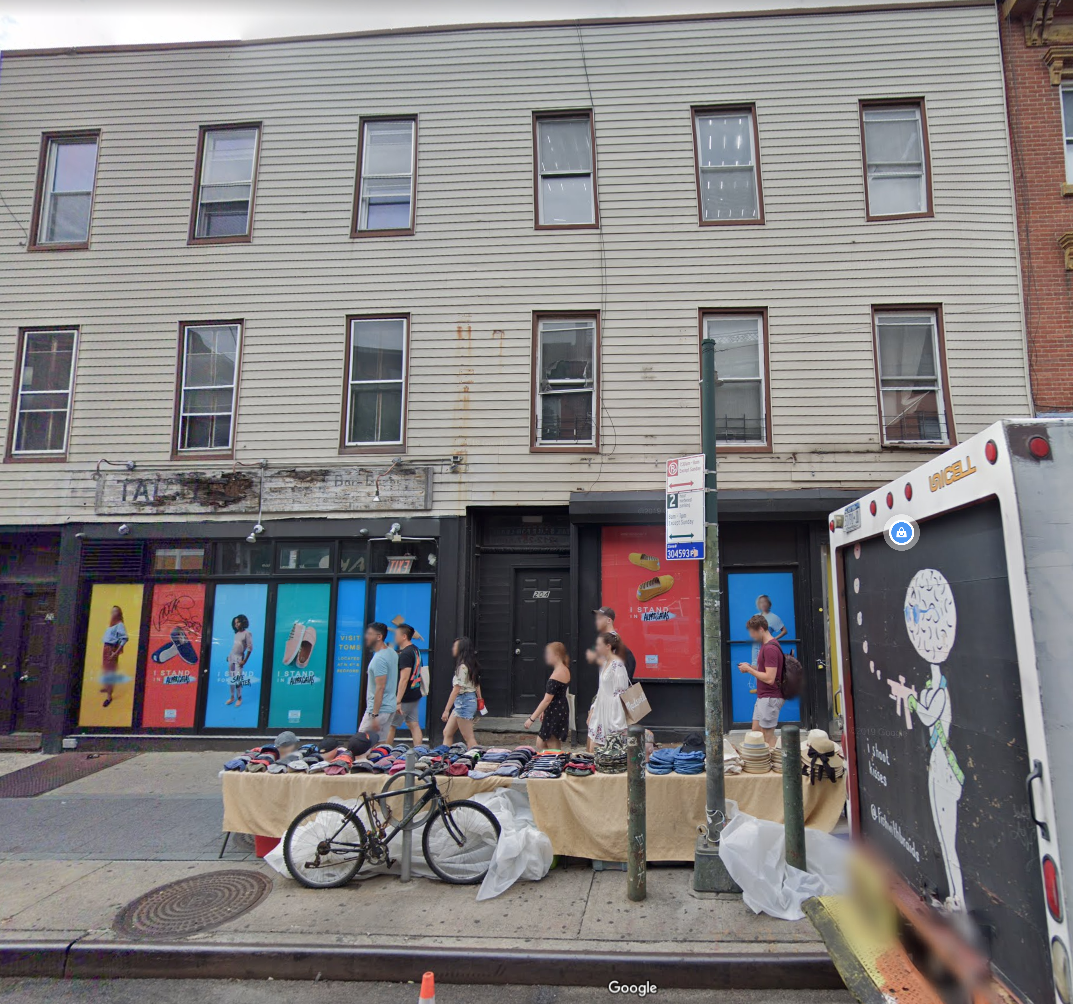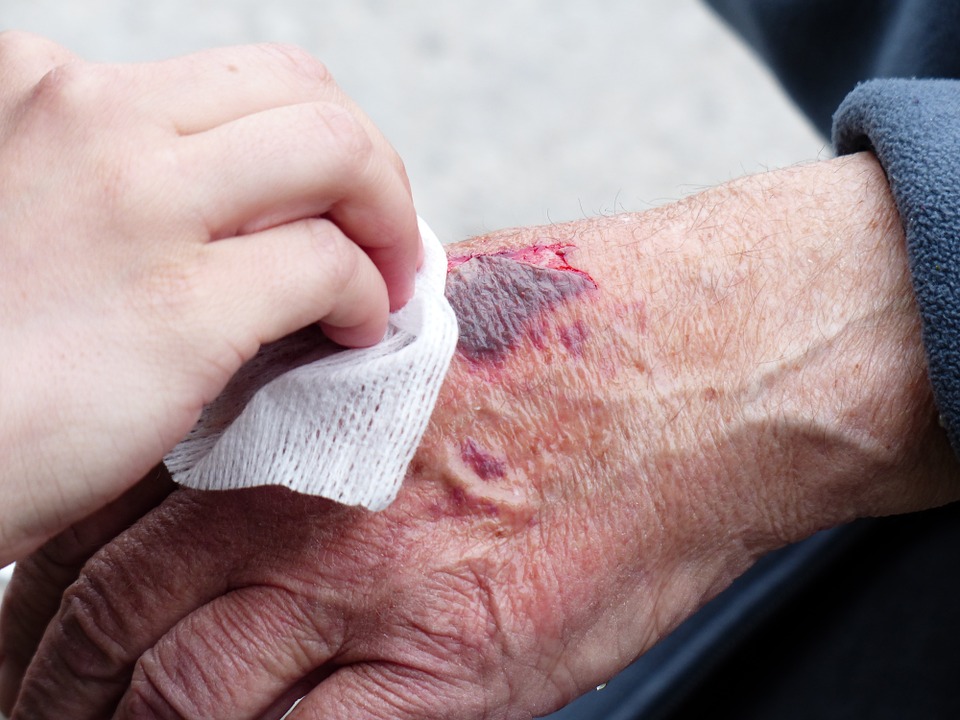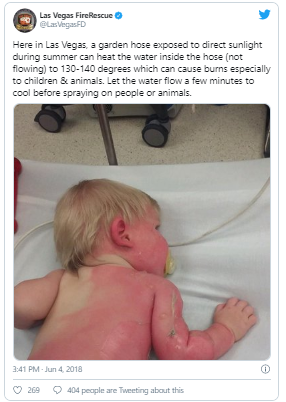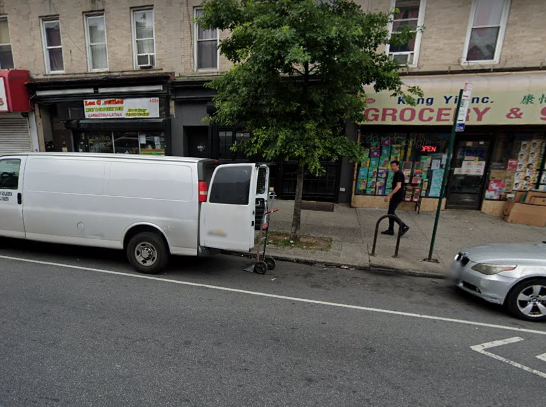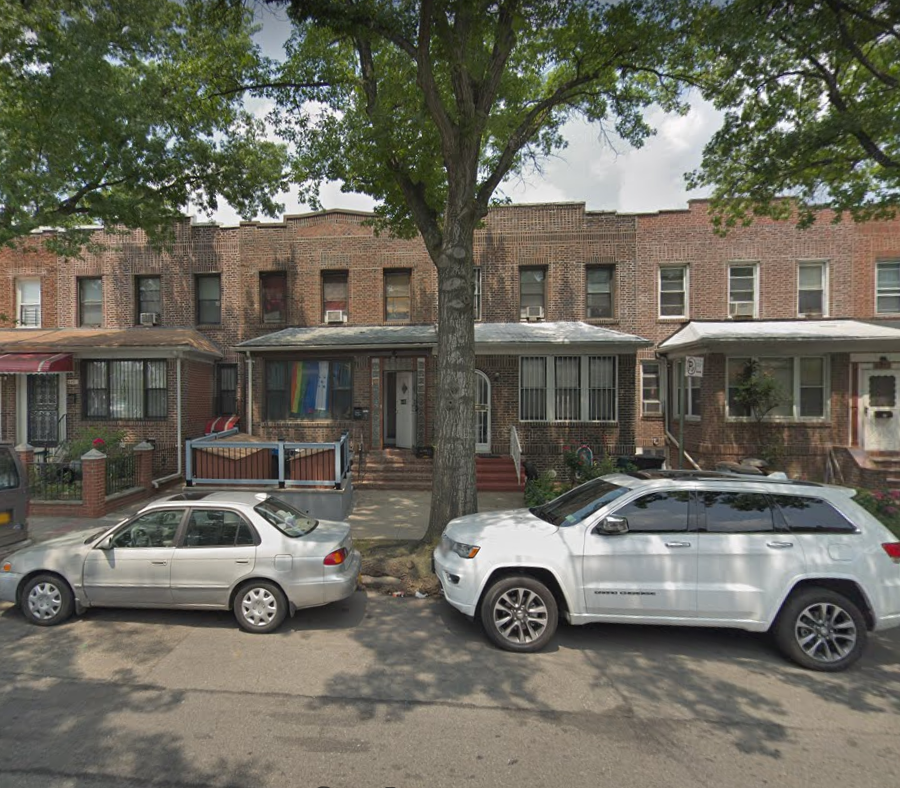
 Peer on peer child sexual abuse occurs when a child sexually abuses another child. In the US, States and even regions have different views and legislation when it comes to defining “peers” and if a sexual act between teenagers is consensual and legal or punishable. In a recent article in Youth Today, Daniel Pollack M.S.S.A. (M.S.W.), Esq., a professor at the School of Social Work, Yeshiva University, New York City and Lori S. Kornblum, Esq. an adjunct faculty member at Marquette University Law School and an instructor at Milwaukee Area Technical College (Paralegal Department) explain why the law and terminology should be standardized when if comes to sexual activities among teenagers.
Peer on peer child sexual abuse occurs when a child sexually abuses another child. In the US, States and even regions have different views and legislation when it comes to defining “peers” and if a sexual act between teenagers is consensual and legal or punishable. In a recent article in Youth Today, Daniel Pollack M.S.S.A. (M.S.W.), Esq., a professor at the School of Social Work, Yeshiva University, New York City and Lori S. Kornblum, Esq. an adjunct faculty member at Marquette University Law School and an instructor at Milwaukee Area Technical College (Paralegal Department) explain why the law and terminology should be standardized when if comes to sexual activities among teenagers.
While it is quite common for teenagers to have a sexual relationship with each other, their relationship can be legal or illegal depending in which state it occurs. In many states teens under a certain age are unable to consent and sexual activity under that age is criminalized as “statutory rape”. The age of consent often varies between 16 and 18 year old. However because many teenagers below the age of consent are having sexual relationships, many States have adopted “Romeo and Juliet” laws that decriminalize sex between two teens as long as it stays between a specific age-gap, The age-gap however differs from one State to the other and can go from 2 years to 6 years. The age-gap laws only apply if the sex was consensual between both teens and no violence is involved.
According to the authors of the article the age-gap laws tend to make more uniform the manner how similar aged teens having a sexual relationship are prosecuted or not and put in place general community standards in regards to this particular behavior. The age-gap laws tend to standardize punishment but don’t address larger issues and questions such as whether older teens should have sex with pre-teens.
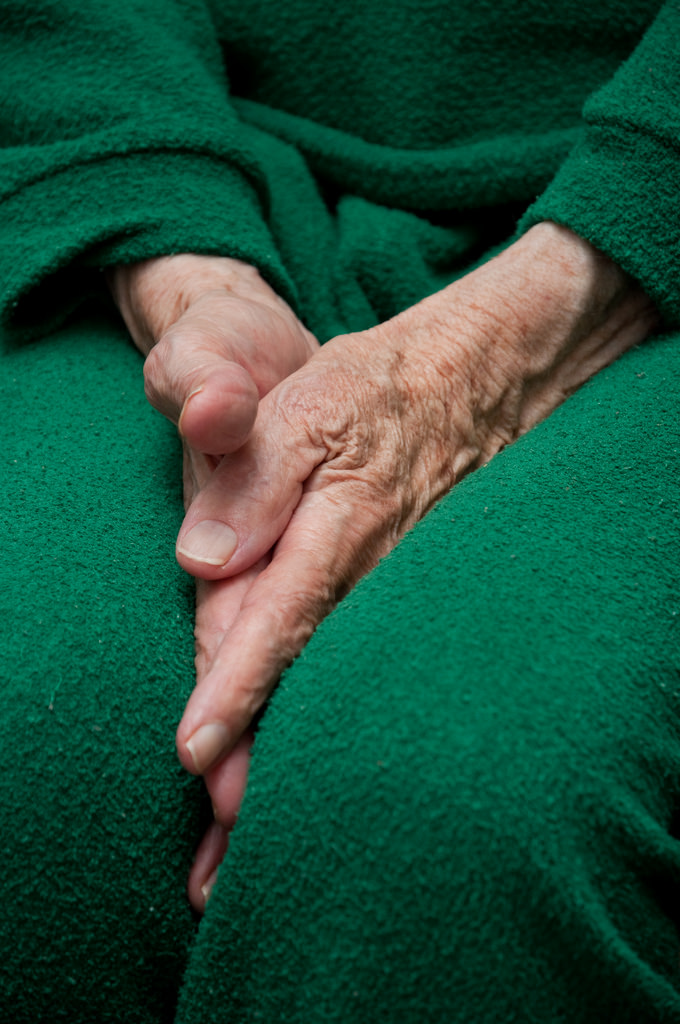 Victims of nursing home abuse , hospital neglect or medical malpractice in New York State not related to Covid-19 can legally hold healthcare professionals responsible for their negligence again.
Victims of nursing home abuse , hospital neglect or medical malpractice in New York State not related to Covid-19 can legally hold healthcare professionals responsible for their negligence again. New York Personal Injury Attorneys Blog
New York Personal Injury Attorneys Blog


